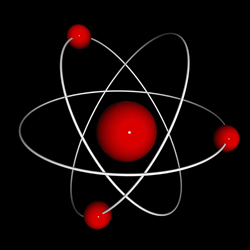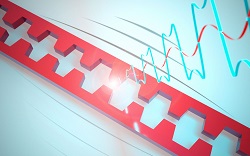Coherently describing classical–quantum transitions
Classical physics describes the motions of particles and bodies according to completely deterministic laws. Given the details of a system's positions and velocities, scientists can calculate the trajectory of all its particles, including all past and future positions and velocities. Quantum physics, dealing with quantised entities, describes motion in terms of both particle and wave theories giving rise to probabilities rather than certainties of the state of a system of particles. The transition from quantum to classical behaviour is inherently related to coupling of the quantum system with the environment as in, for example, making a measurement. It is impossible to separate an object being observed from the instrument observing — the property to be measured is dependent on the measurement itself. Such an interaction can lead to dissipation of energy and decoherence (spontaneous interactions between system and environment that cause suppression of interference) via an exchange of energy or particles. However, complete understanding of the transition process remains one of the most important open questions of modern physics. Scientists sought to study this phenomenon in a controlled way exploiting a Bose-Einstein condensate (BEC) via EU funding of the project 'Dissipation in quantum gases' (DIBEC). A BEC is a unique state of matter in which separate atoms or subatomic particles cooled to near absolute zero coalesce into a single quantum mechanical entity in which quantum effects can be observed on the macroscopic scale, that is, it is a macroscopic quantum object. By focusing an electronic beam on a trapped BEC, atoms are excited causing decoherence and escape of ions produced from the electron-impact ionisation. Measuring the number of electrons sent to the BEC per unit of time (current) provides an indicator of the dissipative potential. Thus, the system enabled the researchers to study variations in quantum properties of the BEC with changing strength of dissipation. Numerous advanced and groundbreaking experiments were performed demonstrating the ability of the engineered system to address fundamental issues in quantum mechanics.







